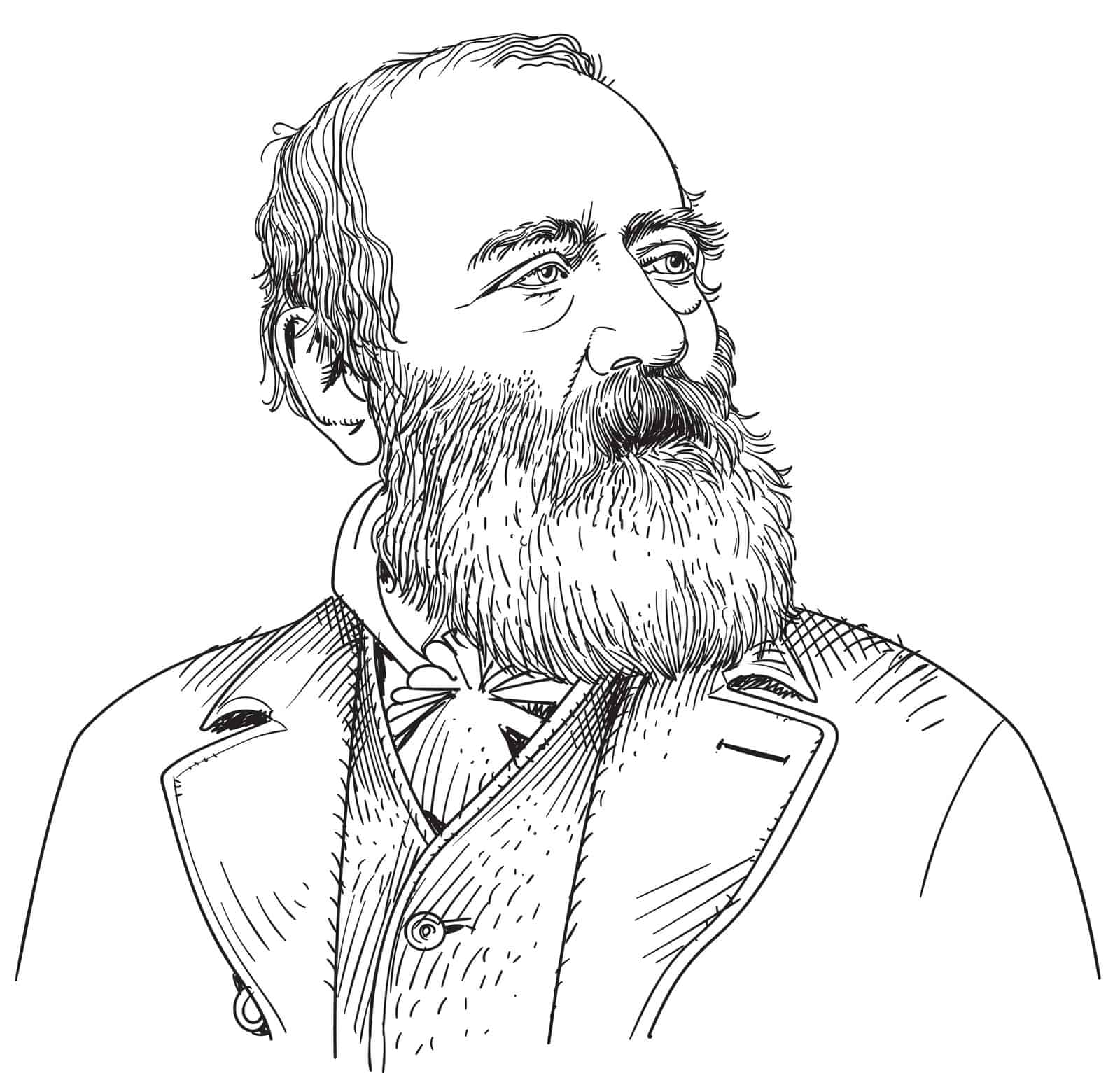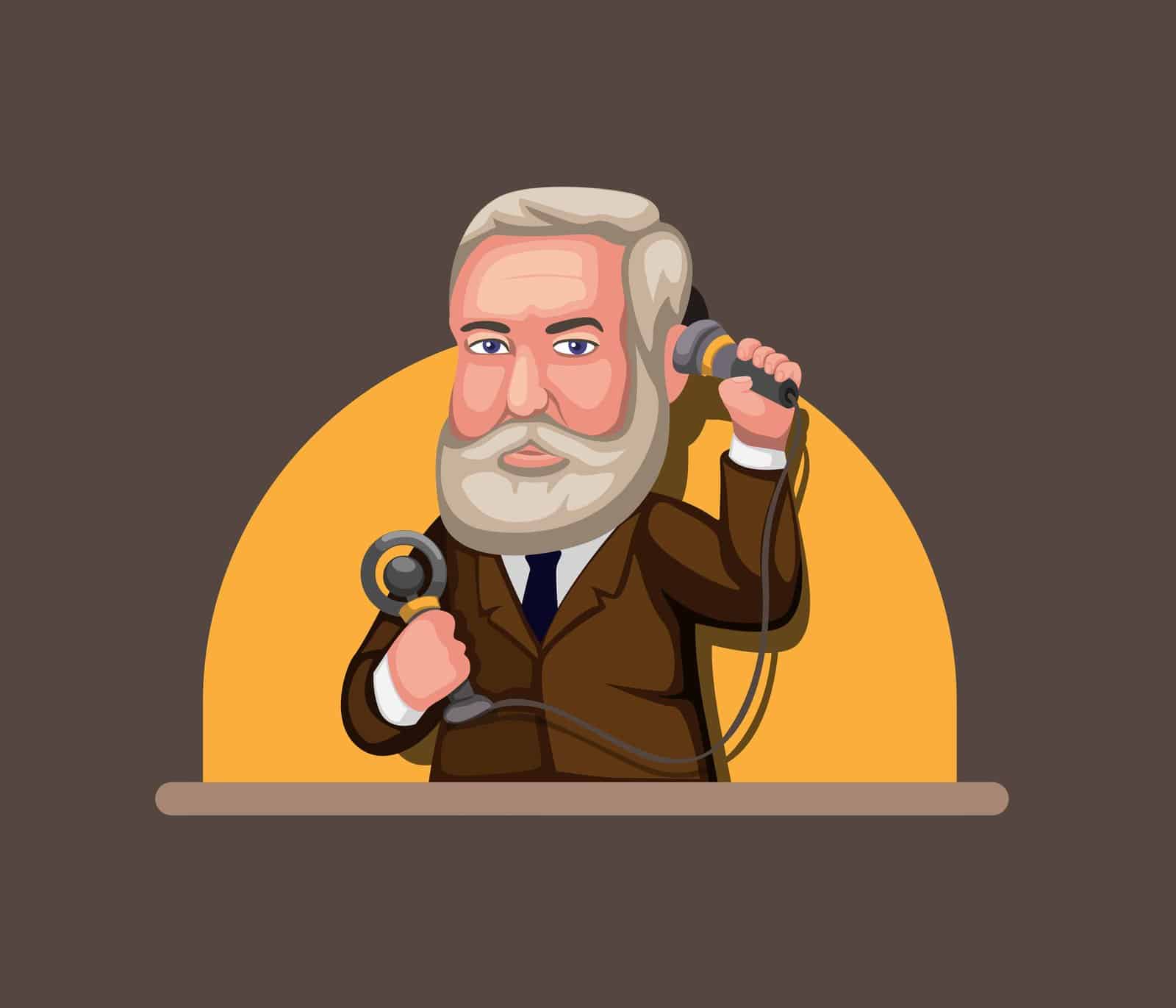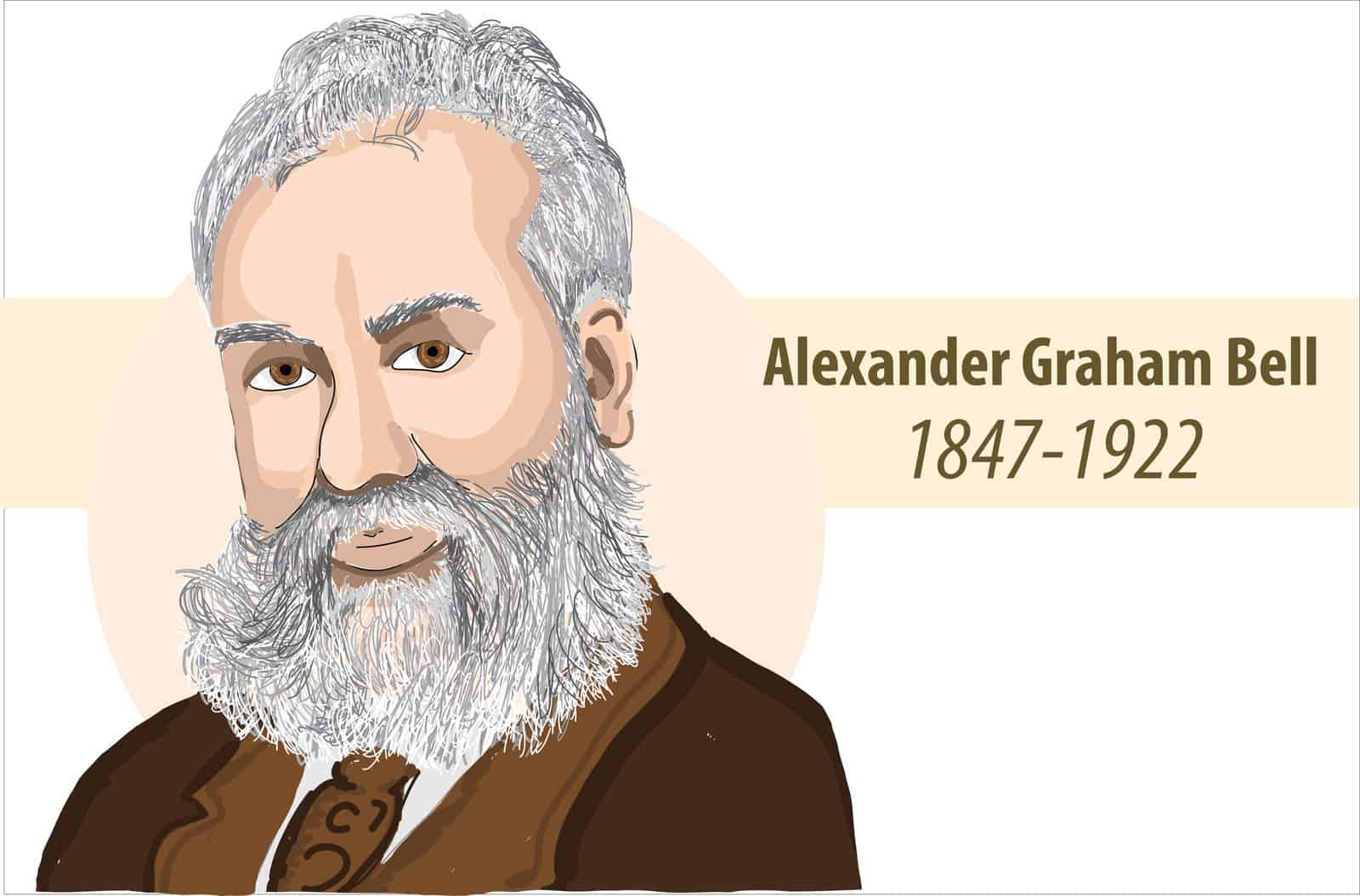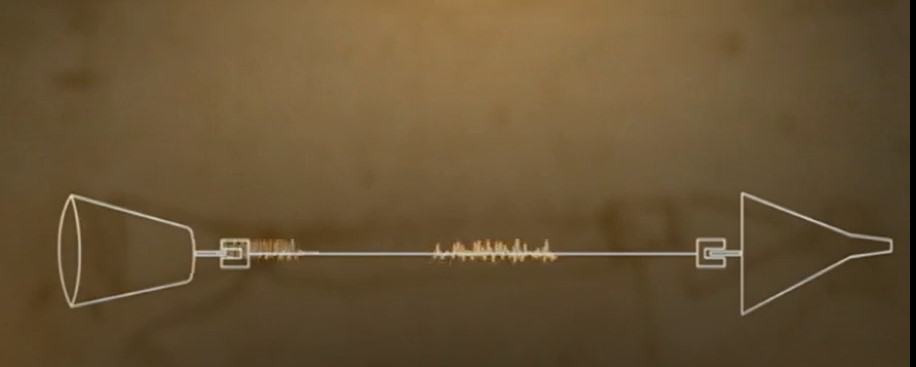
3 Amazing Facts, Invent The Telephone
Who was the first person to Invent The Telephone?
Have you heard that there are more telephones than people in the world?
There are more than 6 billion mobile phones in use worldwide.
Alexander Graham Bell,
- Who made the first practical telephone in 1876 is the person we have to thank for the existence of the telephone. It is difficult to conceive of a world in which there is no telephone service.
- Alexander was brought into the world in Edinburgh, Scotland, on 3 March 1847.
As a young boy, he possessed great music, poetry, and artistic talent.
- When he was less than 12 years old, he started coming up with ideas for new inventions.
- Additionally, when he was 12 years old, his mother began to experience hearing loss, which ultimately led to her becoming totally deaf.
Alexander was profoundly impacted, and as a result, he developed a strong interest in the scientific study of sound and voice.
- Alexander emigrated to Canada with his parents when he was 23 years old, and they purchased a farm in the province of Ontario shortly after their arrival.
There, he constructed a modest workshop to carry on with his investigations into sound.
Alexander moved to Boston, in the United States, in 1871 in order to teach deaf students, people who were unable to hear, how to communicate with others.
Helen Keller, born without the ability to see, hear, or speak, was one of his students.
- In 1873, He cut down on how much time he spent teaching to concentrate on researching sound.
When Alexander Graham Bell had a minor accident in his laboratory on 10 March 1876, he worked on his invention.
He spoke the first words ever to be transmitted through the telephone. He said, “Mr Watson, come here; I want to see you.”
This was when the first telephone was made. A device capable of transmitting the sound of a human voice over considerable distances was developed.
- Alexander Graham Bell is known as the man. Who brainchild was it to Invent The Telephone? His patent and demonstrations for a device that could “transmit vocal or other sounds telegraphically by making electrical waves” were successful.
The act of correctly identifying the actual inventor (or inventors) of a given invention can be
A challenging endeavour.
Instead of giving credit to the first person who thought of the idea, it is customarily provided to the person who came up with the most useful or effective invention (s).
The development of the telephone has been discussed and thought about a lot since it was first thought of.
- Cases have been brought before the courts, books written, and articles published. Alexander Graham Bell is universally acknowledged as the inventor of the telephone.
- Even though his design was the first one to be patented, he was not the first to think of the idea of Invent The Telephone. However, he was the first person to patent the design.
In 1849, Antonio Meucci,
An Italian immigrant started working on the design of a talking telegraph or telephone. His name was Alexander Graham Bell.

- A caveat, essentially an announcement of an invention, was submitted by him for his design of the talking telegraph in 1871.
- Meucci was unable to renew his caveat because of the difficulties he was facing.
- It was in the United States House of Representatives passed a resolution on 11 June 2002, honouring Meucci’s contributions and work, that his part in the Invent The Telephone was given the recognition it deserved.
- To make matters even more interesting, some historians suggest that Elisha Gray, a professor at Oberlin College, applied for a caveat of the telephone on the same day that Bell applied for his patent of the telephone.
However, these gentlemen did not actually visit the Patent Office; their lawyers did so on their behalf.
According to information provided by Travis Brown in the book Historical First Patents: The First United States Patent for Many Everyday Things (published by Scarecrow Press in 1994), Bell’s lawyer arrived at the patent office first. It was 14 February in the year 1876.
He was the fifth person to enter the competition that day, while Gray’s attorney was the 39th.
Because of this, the United States Patent and Trademark Office chose not to honour Gray’s caveat and instead granted Bell the first telephone patent, U.S. Patent Number 174,465.
But some people don’t agree with this story and say that some employees at the Patent Office and maybe even Bell himself did something wrong.
Johann Philipp REIS (1834 – 1874)
Philip REIS
In 1860, Johann Philipp Reis demonstrated a device that, with the help of an electric current, makes it possible to transmit voices and sounds over a distance. This apparatus is made up of two parts that Philipp Reiss identifies in a document from 1863 the telephone (transmitter) and the reproduction device (receiver).
If someone asks you who invented the telephone, you can tell them about the debate that still goes on about this.
Alexander Graham Bell’s family papers
- It can be found in the Library of Congress. The following things are in the collection: “Correspondence, scientific notebooks, journals, blueprints, articles, and photos show that Alexander Graham Bell came up with the idea for the phone.
- And helped start the first telephone company.
- They also show his family life, his interest in teaching the deaf, and his scientific research in aeronautics and other fields.
- The papers of Alexander Graham Bell are kept In Washington, D.C., at the Library of Congress, and anyone can look at them.
- There is content from the years 1862 to 1939, but most of the content is from the years 1865 to 1920.”
StoryMap:
At the 1876 Centennial Exhibition, The public was given their first look at the telephone for the very first time. People who went to the 1876 Centennial Exhibition in Philadelphia to celebrate the United States 100th birthday were amazed by the newest and best inventions that showed how far people had come.
- The show was held to celebrate the United States 100th birthday. The telephone, made by Alexander Graham Bell, was one of the things people could see at the exhibition.
- One thing that is talked about in Chronicling America is how the telephone came to be. Alexander Graham Bell was given a patent for the telephone he invented in 1876.
- This made Elisha Gray angry, so they went to court. The “Invent the Telephone” topic is covered in a number of ways in the digital collection of old newspapers on Chronicling America. This guide shows how to get to those tools.
The Library of Congress has collaborated to create a digital archive called Chronicling America (ISSN 2475-2703).
This archive is a searchable collection of historic newspaper pages from 1789 to 1963. The U.S. Newspaper Directory is a searchable index of newspapers that have been published in the United States since 1690.
It is included on the website to assist researchers in determining what titles are available for a particular location and time period, as well as how to access those titles.
“How Professor Bell came up with the idea for the telephone.” 9 July 1899. Image 22 from the newspaper The San Francisco Call, published in San Francisco, California. Historic American newspapers are collected and housed at Chronicling America.
- The telephone was invented by Alexander Graham Bell, who was given a patent for it on 7 March 1876, thereby securing his ownership of the invention and the associated intellectual property.
- A few days later, he made history by making the first telephone call to his business partner, Thomas Watson. The invention of the telephone ushered in a new era of communication by making it possible to hold conversations between people physically located in different places.
Meucci joined other claimants as the inventor of the telephone, challenging the universal fame gained by Alexander Graham Bell.
These claimants include Johann Philipp Reis, Innocenzo Manzetti, Charles Bourseul in Europe, Amos Dolbear, Sylvanus D. Cushman, Daniel Drawbaugh, Edward Farrar, James McDonough, and Elisha Gray in the United States. Meucci joined these claimants in order to challenge the universal fame gained by Alexander Graham Bell.
It is generally agreed that Michael Idvorsky Pupin, an American citizen with Yugoslavian ancestry, first came up with this idea.
On 19 June, he was granted two patents in the United States for this method. The Bell Telephone Company ultimately purchased both patents.
The inductive loading of telephone lines was commonly referred to as “pauperization,” although it is unknown who first invented the technique.
If anyone thinks that Antonio Meucci discovered the inductive loading of long-distance telephone lines but didn’t invent the phone, who knows? Maybe we’ll have another chance to look into the matter.
– Antonio Meucci wrote in the Illustration on 26 August 1854, “After the marvellous telegraphs that can remotely copy the writing of such-and-such a person and even more or less complicated drawings, it seems impossible to get any more amazing.”
Let’s try to go a few steps further. For example, if speech itself couldn’t be sent by electricity, if you couldn’t say something in Vienna and have it heard in Paris, that would be a problem.
– Here’s how it works:
– We know vibrations make sounds and that these vibrations are transferred to the ear by means of an intermediate medium. But the strength of these vibrations drops off quickly with distance, so even with megaphones, tubes, and acoustic trumpets, there are limits that can’t be passed.
– Imagine that someone speaks close to a moving plate that is flexible enough not to lose any of the deformations caused by the voice and that this plate sets up and breaks off communication with a battery. You can have a second plate do the vibrations at the same time from a distance.
– It is true that the intensity of the sounds will vary at the point of departure, where the plate vibrates because of the voice, and stay the same at the point of arrival, where it vibrates because of electricity.
-However, it has been shown that this does not change the sounds.
– First, the sounds would have the same pitch on the scale.
At this point in acoustic science, I can’t say if it will be the same for the sounds people make with their voices.
– He still needs to consider how these syllables are made enough. He has seen that some words are said with the teeth, others with the lips, etc., but that is all he has seen.
– No matter what, it is important to remember that the syllables can be reproduced by hearing only the vibrations of environments in between. If you can reproduce these vibrations exactly, you can reproduce the syllables.
– In any case, the current state of science makes it impossible to show that electrical transmission is impossible. On the other hand, all probabilities are a possibility.
– When the idea of using electromagnetics to send telegrams was first brought up, a well-known scientist called it a “sublime utopia.” However, today you can send a message directly from London to Vienna using a simple metal wire.
– They said it wasn’t possible, but it is.
It goes without saying that the ability to send speech through electricity would have a huge number of essential uses right away.
– No one would need a device to use this method of communication unless they are deaf and dumb. A battery, two plates that move, and a metal wire would be enough.
Alexander Graham Bell: the telephone
On 14 February 1876, Alexander Graham Bell took out a patent for his telephone at the United States Patent Office, two hours before Elisha Gray announced a similar device.
In a short film made in 1930, an actor played the part of Alexander Graham Bell.

1897: a phone call
Most telephones from the 1800s had a transmitter that had to be upright for it to work, and the receiver was usually in an attachment that hung on a hook when it wasn’t in use. Many people called AT&T’s desk sets the “candlestick” phones because they were tall.
By the year 1886, there were more than 150,000 people in the United States owned a telephone, and as a result, the world would never be the same.
Alexander Graham Bell died in Canada in 1922.
If you check the last details we provided, you will find that you have the necessary basic information about Who was the first person to invent the Telephone? Keep on visiting Learning Mole to learn a lot more about everything out there.






Leave a Reply